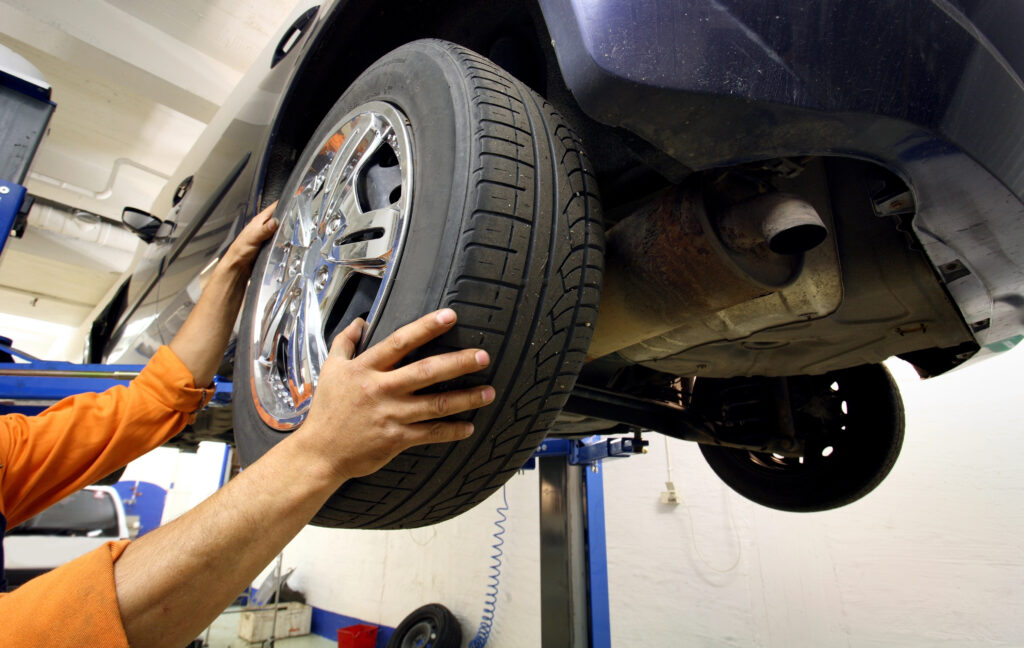Is buying a high mileage vehicle a good idea?
Choosing a new car is more than just picking a vehicle with street cred at a good price, you need to know this car will take you and or/your family wherever you need to go, safely. So how do you know you’re getting a safe vehicle at a good price?
While buying a new car may seem like the best way to get a safe vehicle, it’s not always realistic for many of us, since new cars can be double the price of a used vehicle. As well, new cars often depreciate the instant you drive them off the lot, meaning you’ve essentially lost money the moment your new tires hit the pavement.
With cars being built to last much longer than in the past, Americans are keeping their cars an average of 11.8 years. We wrote about this trend earlier this year on our Econo Auto Painting blog – American Are Keeping Their Cars Longer in 2019. This essentially means that cars last a lot longer and maintain their reliability well past 100,000 miles. With this in mind, it might be a good idea to extend your budget by looking at a well maintained, higher mileage car.
How to go about buying a used vehicle
While this seems like a risky option, used vehicles are always more affordable and may have a lot more to offer than you expect. We’re not talking about luxury used vehicles of course, which can be expensive to repair if something goes wrong, we’re talking about your standard Toyotas, Fords, Hondas, Chevrolets, and the like. Vehicles that are built for safety and efficiency.
Once you’ve decided to start searching for a used vehicle, it’s time to decide what you want. A low mileage, used car seems great, but is it really? While a 2009 Honda Accord with high mileage can go anywhere from $5,000 to $7,000, a low mileage car of the same year can go anywhere from $8,500 to $13,000.
Is the extra change in your pocket worth the difference? Quite possibly. When you buy a low mileage vehicle the car will continuously depreciate in value as the mileage inches towards 90,000 miles. If you choose to resell, ultimately you might end up losing money. However, if you buy a used vehicle with mileage over 90,000 miles the car barely depreciates in value between 90,000 and 120,000 miles, which is when you see the first major service on the vehicle. (Check out this article on the InstaMek blog supporting the case for buying a high mileage vehicle).
Now you must be wondering, what about the condition of the used vehicle? This is always a gamble one must make when buying a used vehicle, however, there are precautions you can take to make sure to limit the chances of something going wrong.
First thing you can do is research vehicles that meet the needs of your family. Read professional opinions and personal testimonials about other owner’s experiences with the vehicles of interest to you. Once you know what you’re looking for, search through websites like Kelly Blue Book or cars.com to find used vehicles in your area.
Prepare for your inspection and test drive
Once you have found a few vehicles that seem well maintained and meet a good price point related to other similar vehicles, reach out to the sellers and arrange a time and place to meet. If you are meeting an individual seller, be sure to bring a friend or family member for your own safety and arrange to meet in a busy parking lot during daylight hours or at the local police station. Remind the owner to bring the service history, title, and the Carfax. If possible, it’s a good idea to check the Carfax before you meet the owner.
Below are some tips for your test drive:
- Prepare to look for the following once you see the vehicle:
- External damage (dents, dings, scratches, and most importantly rust)
- Take a look at the undercarriage of the car for rust or any other visible damage
- Check the oil level and color and check coolant and radiator for leaks or corrosion
- Check the tires to see if they need to be replaced
- Go over the interior of the car for signs of water damage and general cleanliness
If the above checks out, hop in the car for a test drive! While you are on the road gauge the following:
- Check the brakes to ensure they are responsive
- Check the steering and Alignment
- Make sure that you are comfortable in the vehicle and driving the vehicle
- Try to drive on a highway where you can get a better idea of acceleration
- Drive in stop and go traffic to see how it handles under these conditions
- Check for blind spots
Now that you’ve had your test drive and you have decided you like the vehicle, take it to your local mechanic and get him to do an inspection to make sure the vehicle is in perfect shape. If the owner or dealer won’t allow this, beware!
With the high cost and quick depreciation of new vehicles, buying a new car may not be in the cards for everyone. Don’t despair, with some sensible research you can find a good reliable vehicle at a fair price. Make sure you do a thorough check of any vehicle before you purchase!
And, of course, if you do buy that higher mileage car and it needs a facelift, you can always bring it to Econo Auto Painting for a *free* estimate!




